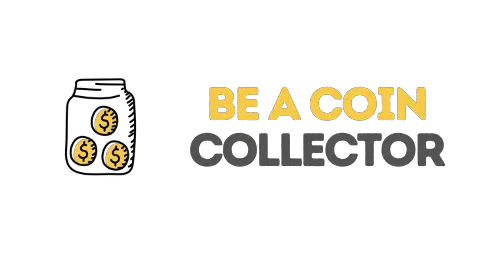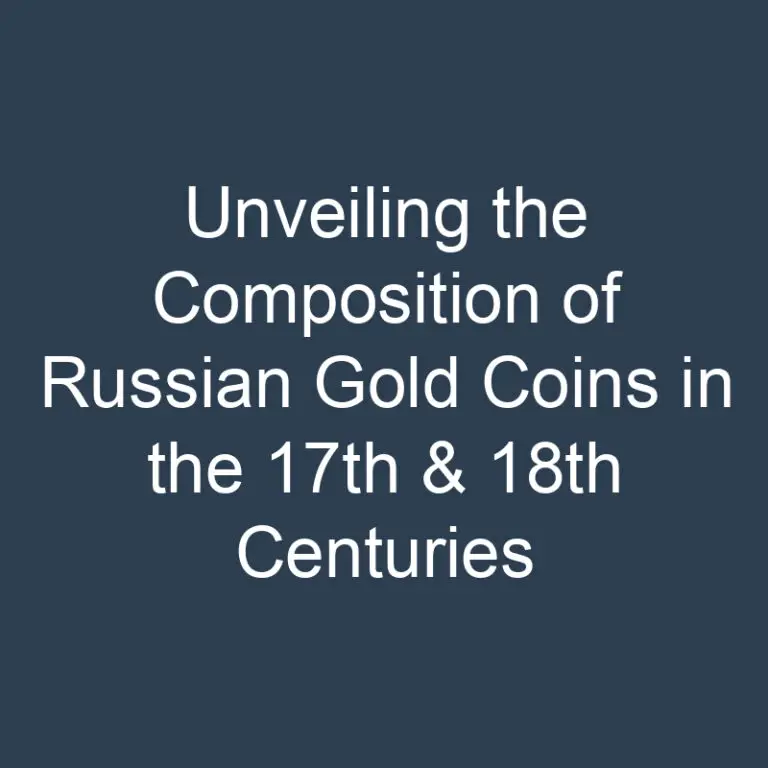
Are you curious about US silver coins, when they were phased out, and what they’re worth today? Let’s dive into the fascinating world of these historical treasures. From dimes to dollars, each coin tells a unique story of American history and numismatic value. Join us as we uncover the timeline of US silver coins and explore their current market prices. Whether you’re a seasoned collector or a newbie to the coin collecting scene, this article will provide valuable insights into the world of US silver coins. Let’s embark on this numismatic journey together and discover the hidden gems within our nation’s coinage history.
History of US Silver Coins
- 1792: The United States Mint was established, marking the beginning of US coin production.
- 1794-1837: The early years saw the minting of silver coins like the Flowing Hair, Draped Bust, Capped Bust, and Seated Liberty series.
- 1851-1873: The introduction of the silver three-cent piece, half dime, and Trade dollar added diversity to the US silver coinage.
- 1878-1921: The iconic Morgan Silver Dollar became a symbol of American coinage, featuring Lady Liberty’s profile on the obverse.
- 1892-1916: The Barber coinage – dimes, quarters, and half dollars – was minted, characterized by a design with Liberty wearing a laurel wreath and a cap.
- 1916-1947: The famous Walking Liberty Half Dollar debuted, showcasing a stunning depiction of Liberty striding towards the sun on the obverse.
- 1946-1964: The Franklin Half Dollar was issued, honoring one of the Founding Fathers, Benjamin Franklin.
- 1964: Silver compositions were reduced in US coins due to rising silver prices, culminating in the complete cessation of silver coinage in 1965.
By exploring the evolution of US silver coins through these key milestones, we gain a deeper appreciation for their historical significance and numismatic value. Each series tells a unique story of American history and artistry, making them sought-after collectibles in the numismatic world.
Phasing Out of US Silver Coins
In 1965, the United States Mint made a pivotal decision to halt the production of silver coins for circulation due to the rising cost of silver. This marked an end to over a century of silver coinage in the United States.
The shift was significant as silver coins were no longer made with silver content, transitioning to a copper-nickel alloy. This change was evident in the replacement of circulating silver dimes, quarters, and half dollars with their clad counterparts.
After 1965, only Kennedy Half Dollars minted from 1965 to 1970 contained 40% silver. However, from 1971 onwards, they were solely composed of the copper-nickel alloy.
Following the halt in silver content, the intrinsic value of US silver coins mainly depends on their numismatic worth and collectibility rather than the metal value they contain. The historical significance, mintage numbers, condition, and rarity all play crucial roles in determining the value of these precious collectibles.
These changes marked a significant shift in the realm of US coinage, impacting not only the monetary system but also the collectors and numismatists who cherish these relics of American history.
Value of US Silver Coins Today
When it comes to the value of US silver coins today, it’s essential to consider several factors that can influence their worth. One primary factor is the silver content in the coin, as coins minted before 1965 typically have a higher silver content compared to those minted after. Additionally, the condition of the coin plays a crucial role in determining its value. Rare coins in pristine condition can fetch a significantly higher price than those that are heavily circulated.
Moreover, the collectibility and demand for a particular coin among numismatists also play a significant role in determining its value. Historical significance and rarity of a coin can add to its worth, as collectors often seek out coins with unique stories or limited mintages.
It’s important to note that the market value of US silver coins can fluctuate based on silver prices, collector trends, and overall demand. Keeping an eye on numismatic publications and online auctions can help individuals stay informed about the current value of their US silver coins and make informed decisions when buying or selling them.
Overall, US silver coins hold both historical significance and collectible value, making them sought-after items for collectors and investors alike. The numismatic worth of these coins continues to attract enthusiasts who appreciate the beauty, history, and uniqueness of these relics from the past.
Factors Influencing the Worth of US Silver Coins
When determining the worth of US silver coins, several key factors come into play. Understanding these elements can help collectors and investors make informed decisions when buying or selling these numismatic treasures. Here are some factors that influence the value of US silver coins:
- Silver Content: The silver content of the coin plays a significant role in its value. Coins with a higher silver purity are generally more sought after by collectors.
- Coin Condition: The condition of a coin can greatly affect its worth. Coins in better condition, with less wear and damage, tend to fetch higher prices in the market.
- Historical Significance: US silver coins that have historical significance or a unique story behind them can command a premium price among collectors.
- Rarity: Rarity is a crucial factor in determining the value of a coin. Coins that are rare or have a low mintage are often more valuable to collectors.
- Demand: The demand for a certain coin among numismatists can drive up its value. Popular coins that are highly sought after may be priced higher in the market.
- Market Fluctuations: Like any other commodity, the worth of US silver coins can be influenced by market fluctuations. Keeping an eye on the market trends can help in making knowledgeable decisions.
Understanding these key factors is essential for anyone interested in collecting or investing in US silver coins to navigate the numismatic landscape with confidence and expertise.
Current Market Trends
In the world of US silver coins, market trends play a crucial role in determining their value. Understanding the current market trends can provide valuable insights for collectors and investors alike. Here are some key points to consider:
- Supply and Demand: The dynamics of supply and demand significantly impact the value of US silver coins. Coins that are in high demand among collectors tend to fetch higher prices.
- Precious Metals Market: Fluctuations in the precious metals market, particularly the price of silver, can influence the value of silver coins. Keep an eye on the current silver prices to gauge how it might affect coin values.
- Historical Significance: Coins with a rich historical background or a unique story often command higher prices in the market. Understanding the historical significance of a coin can give you an advantage when assessing its value.
- Online Marketplaces: The rise of online marketplaces has revolutionized the buying and selling of US silver coins. Platforms like eBay and specialized numismatic websites offer a wide range of coins, making it easier to track prices and trends.
- Grading Standards: The grading of coins by reputable third-party grading services can impact their value significantly. Collectors and investors should be familiar with common grading standards to accurately assess the condition of a coin.
Staying informed about current market trends is essential for making informed decisions in the world of US silver coins. By keeping a close watch on supply and demand, precious metals prices, historical significance, online marketplaces, and grading standards, we can navigate the complex landscape of coin collecting with confidence.
Key Takeaways
- US silver coins were phased out of production in 1965 due to rising silver prices, transitioning to a copper-nickel alloy.
- The historical significance, condition, rarity, and demand among collectors influence the value of US silver coins today.
- Factors like silver content, coin condition, historical significance, rarity, demand, and market fluctuations impact the worth of US silver coins.
- Staying informed about market trends, silver prices, historical significance, and grading standards is crucial for collectors and investors in the realm of US silver coins.
Conclusion
Understanding the dynamics of the US silver coin market is crucial for collectors and investors. By staying informed about supply and demand, market fluctuations, historical context, online platforms, and grading standards, we can navigate the numismatic landscape with confidence. The value of US silver coins is influenced by various factors, making it essential to keep track of market trends. With this knowledge, we can make informed decisions when buying, selling, or investing in these precious coins. Stay updated on the latest developments in the industry to maximize the potential value of your US silver coin collection.






